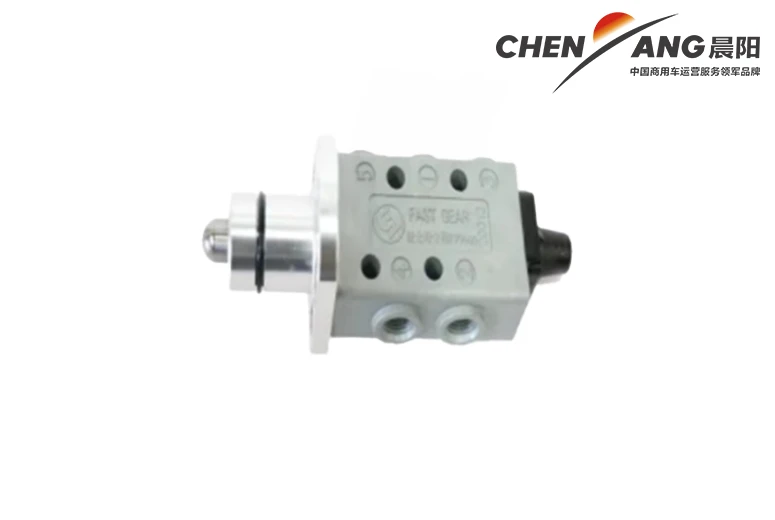Crane Technologies and Equipment for Modern Construction Projects and Innovations
Crane Construction Equipment An Overview
Crane construction equipment is an essential component of modern construction and engineering projects. These powerful machines facilitate a range of tasks, from lifting and transporting heavy materials to erecting complex structures. Their versatility and efficiency make them indispensable in various sectors, including construction, mining, and shipping. This article explores the types of cranes, their functionalities, and their significance in contemporary construction practices.
Types of Cranes
Cranes come in various types, each designed for specific tasks and environments. Here are some of the most commonly used types of cranes in construction
1. Mobile Cranes Mobile cranes are versatile and can be moved easily from one location to another. They are mounted on trucks or crawlers and are ideal for construction sites that require frequent relocation. Their extendable arms allow them to reach considerable heights and lift heavy loads with ease.
2. Tower Cranes Tower cranes are typically used in the construction of tall buildings. They offer exceptional lifting capabilities and reach due to their height and design. Tower cranes are fixed to the ground and provide a stable platform for lifting materials vertically and horizontally. Their ability to rotate 360 degrees makes them highly efficient for large sites.
3. Crawler Cranes Crawler cranes are equipped with tracks instead of wheels, giving them stability and mobility on rough terrain. They can handle heavy loads and are often used in heavy lifting operations, such as lifting bridge segments or shipping containers.
4. Electric Cranes Electric cranes are increasingly popular due to their eco-friendly design. They operate using electric motors, reducing emissions and noise pollution. Electric cranes are often used in indoor settings, such as warehouses and factories, where their low profile and quiet operation are advantageous.
5. Loader Cranes Loader cranes are typically mounted on trucks and used for loading and unloading materials. They combine the functions of a crane and a truck, making them ideal for transportation and lifting tasks at construction sites.
Functionality of Crane Construction Equipment
The primary function of crane construction equipment is to lift, move, and place heavy materials with precision and safety. They are equipped with advanced technology to ensure that lifting operations are carried out efficiently. Key functionalities include
- Lifting Capacity Cranes are designed to lift substantial weights, often exceeding several tons. The lifting capacity varies based on the type of crane, its design, and the materials being lifted.
crane construction equipment

- Reach and Height Cranes can reach impressive heights, making them suitable for tall structures like skyscrapers
. The extendable arms or booms of cranes can be adjusted to reach various heights and distances.- Stability Safety is paramount in construction. Cranes are engineered to provide stability during operations, with features such as outriggers and counterweights to prevent tipping or collapsing under hefty loads.
- Control Systems Modern cranes come equipped with sophisticated control systems that enhance operational precision. Operators can control crane movements with remarkable accuracy, thanks to hydraulic systems and digital interfaces.
Importance of Cranes in Construction
Cranes are vital to the construction industry for numerous reasons
1. Increased Efficiency The ability to lift and move heavy materials quickly enables construction projects to progress at a faster pace. This efficiency minimizes downtime and helps meet project deadlines.
2. Safety By using cranes to lift heavy objects, workers are less likely to be injured when compared to manual lifting methods. Cranes eliminate the risks associated with heavy lifting and contribute to a safer working environment.
3. Versatility Cranes can be used for various applications, such as construction, demolition, and even in the film industry for providing elevated camera angles. Their versatility means they can adapt to different projects and terrains.
4. Cost-Effectiveness While the initial investment in crane rental or purchase can be significant, the efficiency and safety they provide often translate into long-term savings. Projects can stay on schedule and within budget, reducing overall costs.
Conclusion
In conclusion, crane construction equipment plays a critical role in the construction industry, enabling projects to be completed safely, efficiently, and within deadlines. With a variety of crane types and advanced functionalities, these machines have revolutionized the way heavy lifting is accomplished in construction. As technology continues to advance, we can expect further innovations in crane design and operation, paving the way for even more efficient construction practices in the future.
-
2BFY Traction Series Grain Fertilizer Seeder - Chenyang Group|Integrated Seeding,Fertilizer ApplicationNewsAug.02,2025
-
2016 BORGWARD SUV: AI-Enhanced Luxury & PerformanceNewsAug.02,2025
-
FOTON AUMAN GTL-E 8X4 Dump Truck: Durable Heavy Duty HaulerNewsAug.01,2025
-
2BFY Traction Series Grain Fertilizer Seeder - Chenyang GroupNewsAug.01,2025
-
2BFY Traction Series Grain Fertilizer Seeder - Chenyang Group|Integrated Seeding&FertilizingNewsAug.01,2025
-
2BFY Traction Series Grain Fertilizer Seeder-Chenyang GroupNewsJul.31,2025
Popular products

























